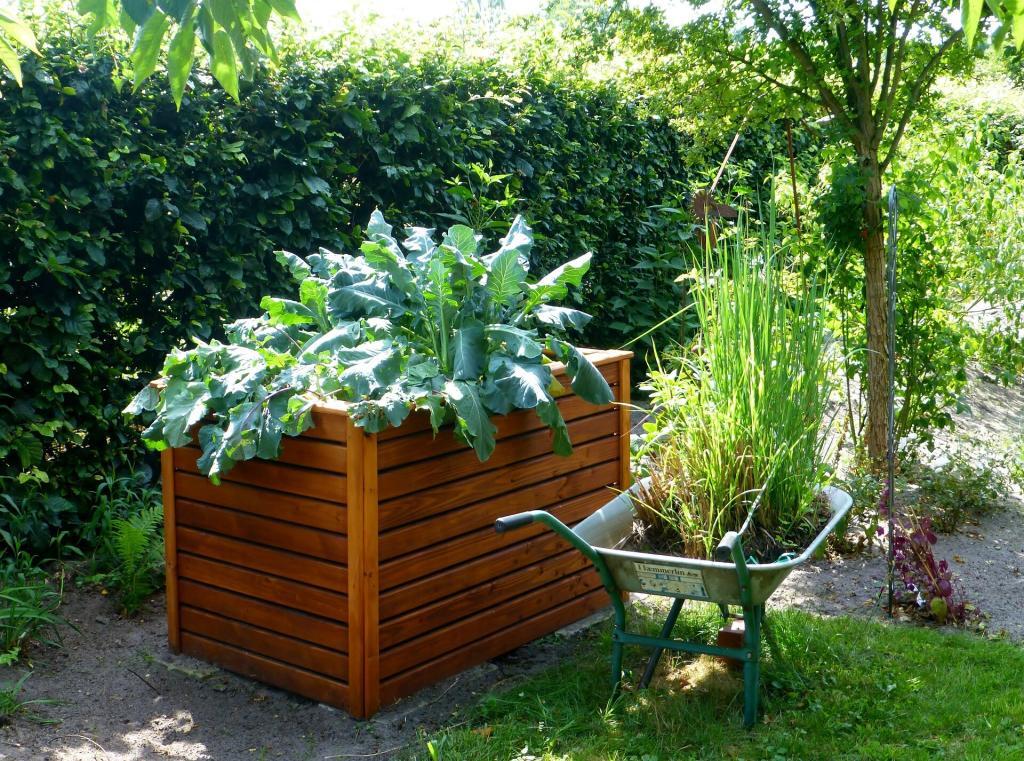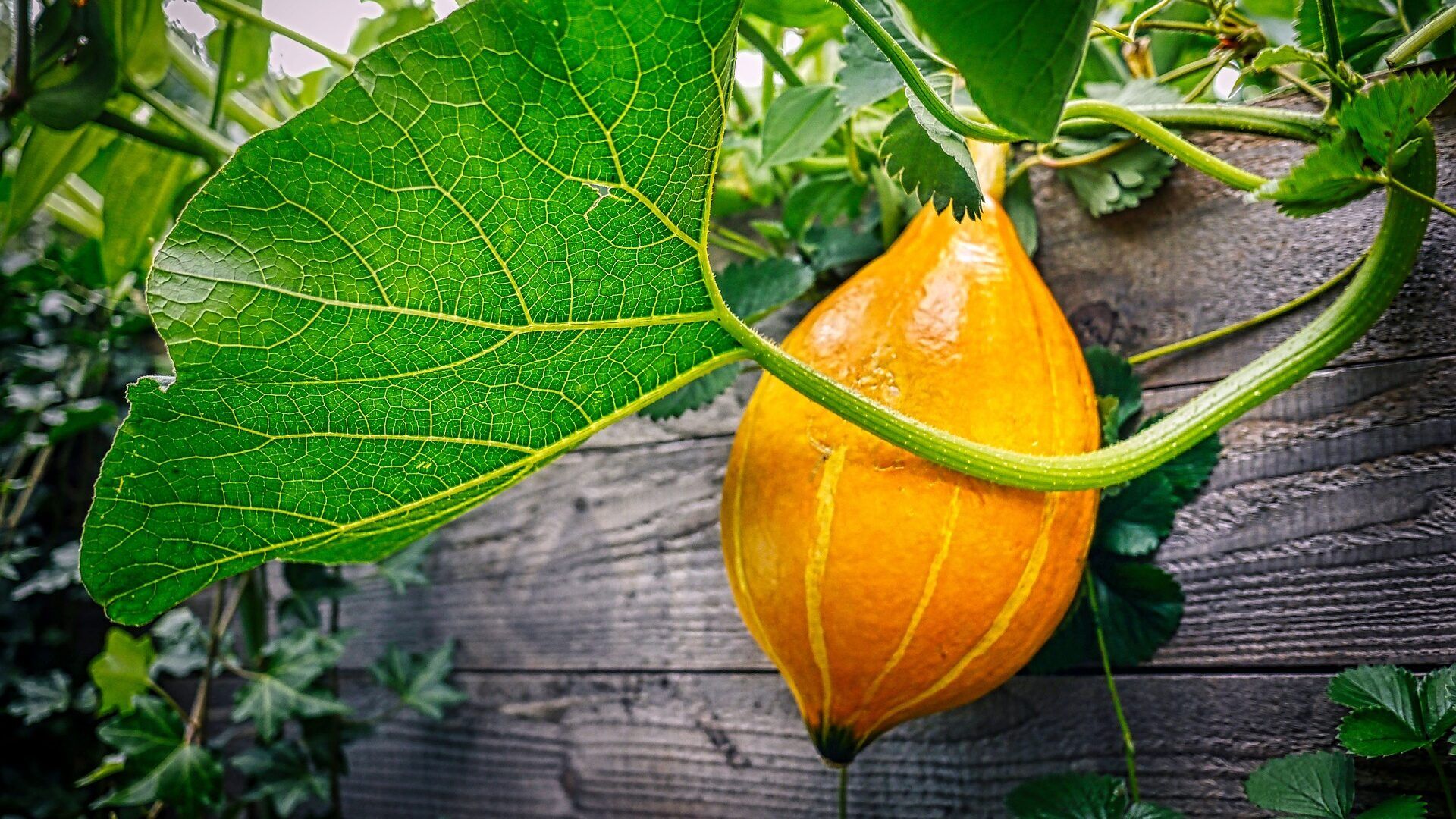Maximizing Plant Health with Raised Bed Garden
Raised bed garden is a popular and effective way to grow various plants, including vegetables, herbs, and flowers. They allow for better soil management and control over the growing environment, leading to healthier and more productive plants. There are several raised beds to choose from, each with its advantages and disadvantages. This article will look closely at the different types of raised beds and their benefits. Whether you're a seasoned gardener or new to raised beds, this guide will help you choose the right type for your home garden.
Advantages of a raised bed garden
Improved soil structure
Raised beds can be filled with a mixture of soil, compost, and other amendments, which can help improve the structure and fertility of the soil. This can be especially beneficial for areas with poor soil quality, such as heavy clay or sandy soil.
Better drainage
Raised beds can help improve drainage, as the soil in a raised bed is typically higher and more elevated than the surrounding soil. This can be especially helpful in areas with poor drainage or heavy rainfall, as it can help prevent waterlogging and soil erosion.
Increased accessibility
Raised beds can be easier to access for people with mobility issues, as they are typically at a more comfortable height for planting, watering, and harvesting.
Pest control
Raised beds can help deter pests such as slugs and snails, as the elevated soil can make it more difficult for them to reach the plants.
Increased productivity
Raised beds can be more productive than traditional in-ground gardens, allowing for better soil management and control over the growing environment.
Overall, raised bed gardens can be a useful and effective tool for home gardeners looking to improve the health and productivity of their gardens.

Why is soil drainage important?
Adequate water supply
Plants need a certain amount of water to grow and thrive, but too much water can be harmful. Poor drainage can lead to waterlogged soil, which can deprive plants of oxygen and lead to root rot and other issues. On the other hand, well-draining soil allows excess water to drain away, ensuring that plants have access to the water and nutrients they need without becoming oversaturated.
Optimal root growth
Roots need oxygen to function properly, and waterlogged soil can deprive roots of oxygen. Poor drainage can also cause roots to rot, leading to stunted or unhealthy growth. Well-draining soil allows roots to access the oxygen and nutrients they need for optimal growth.
Pest and disease prevention in raised bed garden
Poor drainage can create an ideal environment for pests and diseases to thrive. Waterlogged soil can encourage the growth of fungi and bacteria, leading to root rot and other issues. Well-draining soil can help prevent these problems and promote healthy plant growth.
Soil erosion prevention in raised bed garden
Poor drainage can lead to soil erosion, which can wash away valuable nutrients and topsoil. Soil erosion is the movement of soil particles, often caused by the action of wind or water, which can wash away valuable nutrients and topsoil. Poor drainage can contribute to soil erosion, as excess water can wash away soil particles, particularly in areas with heavy rainfall or irrigation. Raised beds can help prevent soil erosion in several ways. First, the elevated soil in a raised bed is less prone to erosion than in-ground soil, as it is not as exposed to the elements.
Types and characteristics of raised beds
There are several types of raised beds, each with its own set of advantages and disadvantages:
Wood frame raised beds
These are the most common type of raised beds, and they are made by building a frame out of wood and filling it with soil. The advantages of wood frame raised beds include their durability, versatility, and ease of construction. They can also be made in any size or shape, making them a good option for small or oddly shaped gardens. Disadvantages of wood frame raised beds include the need for periodic maintenance and the fact that they may rot over time if not properly treated or sealed.
Stone or brick raised beds
These raised beds are made by constructing a frame out of stone or brick and filling it with soil. The advantages of stone or brick raised beds include their durability, longevity, and aesthetic appeal. They can also be a good option for areas with heavy clay soil, as the stones or bricks can help improve drainage. Disadvantages of stone or brick raised beds include their cost and the fact that they can be difficult to construct.
Concrete block raised beds
These raised beds are made by stacking concrete blocks to create a frame and filling it with soil. The advantages of concrete block raised beds include their durability, longevity, and ease of construction. They can also be a good option for areas with heavy clay soil, as the concrete blocks can help improve drainage. Disadvantages of concrete block raised beds include their cost and the fact that they may not be as attractive as other types of raised beds.
Metal raised beds
These raised beds are made by constructing a frame out of metal and filling it with soil. The advantages of metal raised beds include their durability, longevity, and ease of construction. They can also be a good option for areas with heavy clay soil, as the metal frame can help improve drainage. Disadvantages of metal raised beds include their cost and the fact that they may not be as attractive as other types of raised beds.
Overall, the type of raised bed that is best for you will depend on your specific needs and preferences. Consider factors such as cost, durability, ease of construction, and aesthetic appeal when deciding which type of raised bed to use in your garden.
Summary
Raised beds are an effective tool for pest control and prevention of soil-borne fungal diseases in the home garden. The elevated soil in a raised bed is less prone to pests and diseases, as it is less exposed to the elements than in-ground soil. Additionally, the soil in a raised bed is typically well-draining, which can help prevent waterlogging and reduce the risk of soil-borne fungal diseases. Raised beds can also be covered with a layer of mulch or protected with a fence or netting to keep out pests and animals, further reducing the risk of pest infestations and diseases. Combining these factors can help promote healthy plant growth and improve the overall productivity of the garden.
- אפליקציית טיפול בצמחים שנעשתה אינטואיטיבית עם צ'אטבוט מולטי-מודאלי
- Growing Potatoes: A Step-by-Step Guide to Potato Sprouts Planting
- Understanding and Controlling Red Mites: A Comprehensive Guide
- Soybean Aphid Scouting and The Role of Digital Scouting Tools
- Maximizing Plant Health with Raised Bed Garden
